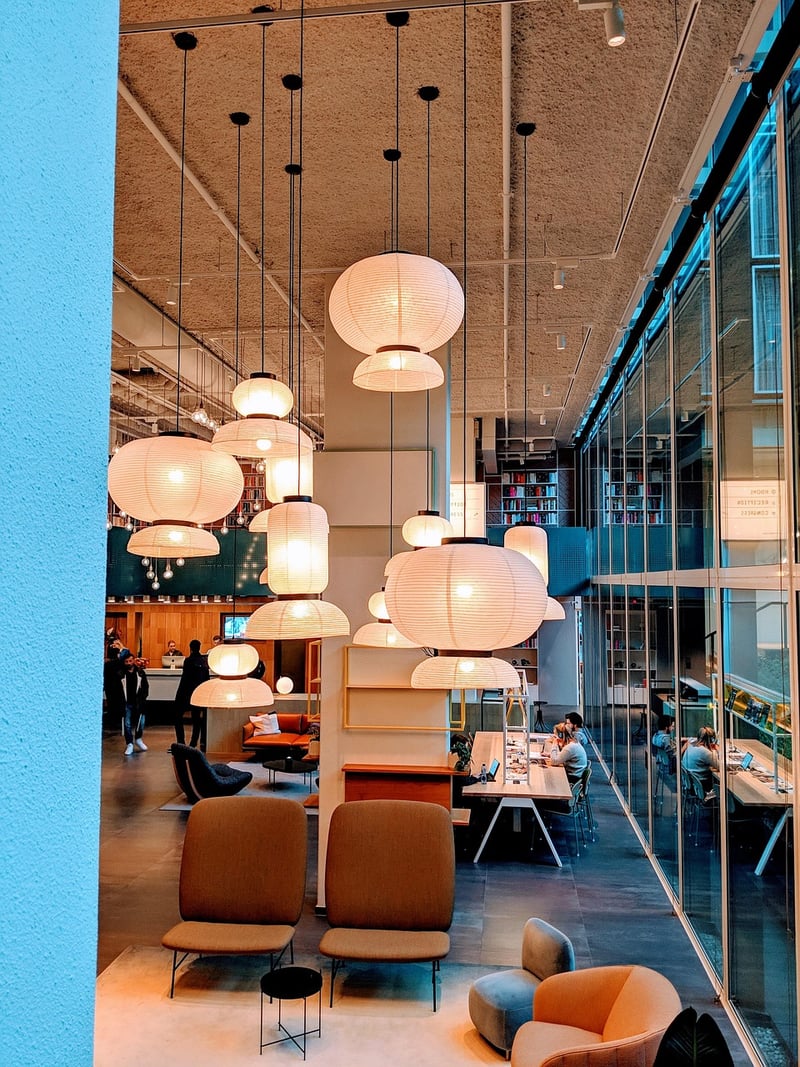Space Optimization
The Advantages of Vertical Greening and Space Optimization
Introduction
Vertical greening, also known as vertical gardens or living walls, is a practice that involves growing vegetation on vertical surfaces like walls or fences. Apart from adding beauty to urban landscapes, vertical greening offers numerous advantages, especially in optimizing limited space in congested cities.
Advantages of Vertical Greening
1. Improved Air Quality
Vertical gardens act as natural air filters, absorbing pollutants and releasing oxygen. They help reduce carbon dioxide levels and improve overall air quality, creating a healthier environment for inhabitants.
2. Enhanced Aesthetics
Vertical greening adds a touch of nature to concrete jungles, making urban spaces more visually appealing and inviting. It can transform drab walls into vibrant living artworks, boosting the aesthetic value of buildings and public areas.
3. Noise Reduction
The vegetation in vertical gardens absorbs and diffuses sound, acting as a natural barrier against noise pollution. This feature is particularly beneficial in busy urban areas where traffic and other noises can be overwhelming.
4. Thermal Regulation
Vertical greenery provides insulation, reducing heat absorption by buildings in hot climates and lowering energy consumption for cooling. In colder climates, it helps retain heat, contributing to energy savings for heating purposes.
5. Biodiversity Support
Vertical gardens can attract birds, insects, and other small wildlife, creating mini ecosystems within urban settings. This biodiversity support is crucial for maintaining ecological balance and promoting urban wildlife conservation.
Space Optimization Benefits
1. Utilization of Unused Space
Vertical greening allows for the utilization of underutilized or neglected spaces such as walls or rooftops. It enables the conversion of vertical surfaces into green spaces, maximizing the use of available land in densely populated areas.
2. Vertical Farming Opportunities
Vertical gardens can serve as platforms for urban farming, enabling the cultivation of fruits, vegetables, and herbs in limited spaces. This promotes sustainable agriculture practices and provides fresh produce in urban environments.
3. Increased Property Value
Properties with vertical greenery often command higher prices due to their enhanced aesthetics and eco-friendly features. Vertical gardens can attract potential buyers or tenants looking for sustainable and visually appealing living or working spaces.
4. Community Engagement
Vertical greening projects can foster community engagement by involving residents in gardening activities or green initiatives. They provide opportunities for social interaction, education on environmental issues, and a sense of pride in collectively caring for the environment.
Conclusion
Vertical greening not only offers a wide array of benefits for the environment and human well-being but also plays a crucial role in optimizing space in urban landscapes. By embracing vertical gardens, cities can create healthier, more sustainable, and aesthetically pleasing environments for current and future generations.
Embrace the green revolution and transform your spaces with vertical greening!



